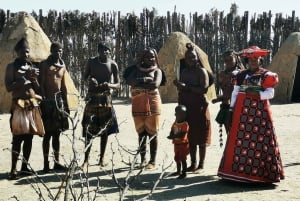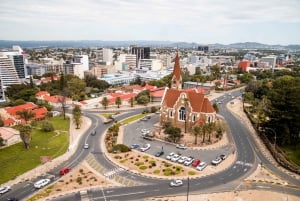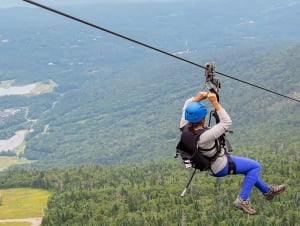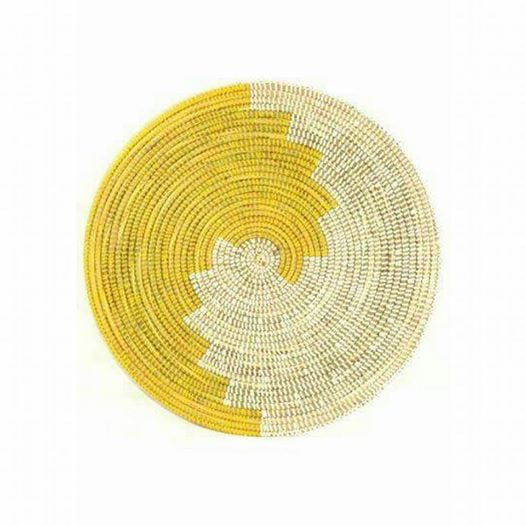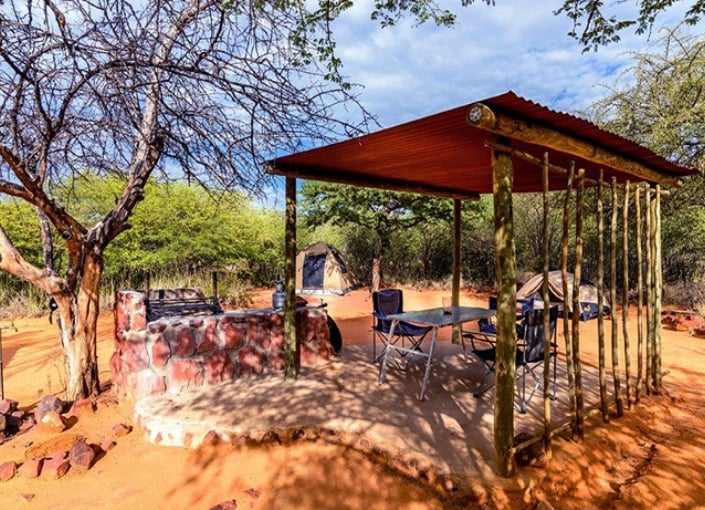Climate & Seasons
Namibia displays weather typical to that of a semi desert country with days hot and evening cool. During the winter months days can be quite mild but night times bring fiercely cold temepratures. Travelers to Namibia are advised to pack for both scenarios with layering being the best choice. Dress warm for chilly mornings in such a way that you can peel off later to enjoy the warm sunny days. The best times to visit Namibia are June to October. Weather is fair and with the dryer conditions wildlife tend to congregate around the waterholes as supplies slowly run dry. This also beats the imense heat of the summer days.
Winter (May-September)
During the day the mercury tends to hover between 10ºC and 25ºC, making the days pleasant and warm. Frost is not very common although Namibia has recorded small layers of snow on very rare occasions in the south. The evenings can be quite chilly with temperatures coming to rest at about -1ºC to 5ºC.
Summer (October-April)
Rainy Season
Namibia offers visitors an incredible variety of biomes to visit. From the Namib Desert to the lush green areas of the north, the country is an all-in-one experience. The rainy season extends from October to April and for the northern areas usually encompasses an average of up to 700mm in some areas. The dry southern areas usually measure up to 150mm with the desert areas receiving only about 20 to 50mm, enough though to inspire the well adapted desert flora to flourish. Rains do not often disrupt traffic flow, however do take care when traversing the northern areas. Flash floods do occur so be careful when driving in the rural and outback areas. Due to Namibia’s desert climate of hot days and cool evenings visitors are encouraged to pack for both scenarios.





